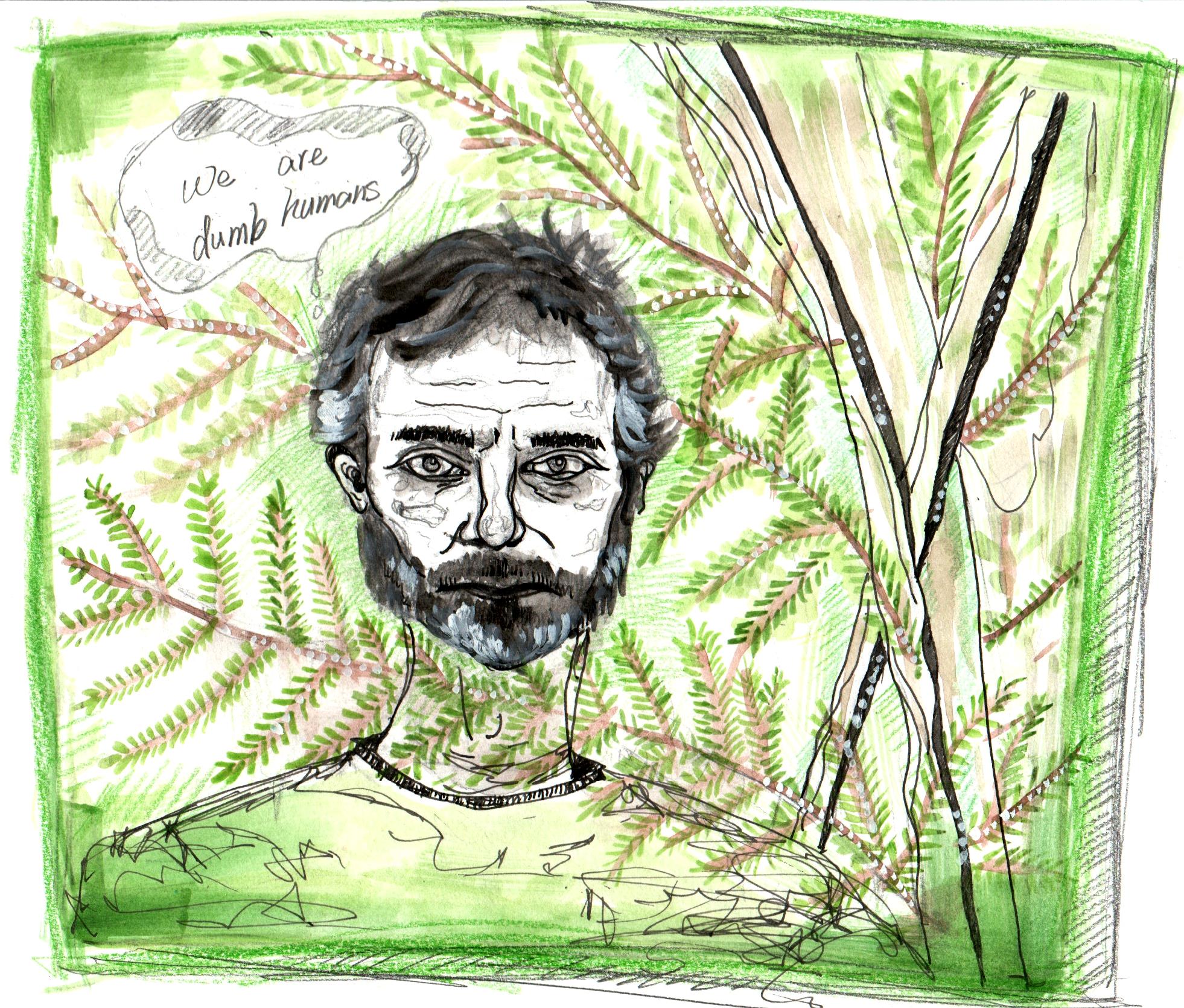
MEGAN HOWES
Special to The Leader
The invasive and deadly Wolly Hemlock Adelgid is slowing taking over the campus woodlot.
A group of students from various science classes went out to the woodlot to survey the Hemlock trees and mark them for treatment.
According to Jonathan Titus, an associate biology professor at Fredonia, Hemlock Woolly Adelgid is an invasive species that came from China to the U.S. in 1951.
The pest spread in North Carolina and eventually made its way into our neck of the woods. It originates from an aphid-like insect (long beak) that it sticks into the plant and infects the tree.
Hemlock Woolly Adelgid is easy to spot if you know what to look for. Dead or dying leaves are a sign, but dead giveaways are white fuzzy, Q-tip-like spots on the underside of the leaves.
Students who attended the event at the Woodlot helped identify and tag the infected trees which should be treated this summer.
“The way to treat Hemlock Wolly Adelgid is with a basal bark spray with two powerful Nicotinamide insecticides. This is a localized application directly onto the tree and kills the adelgids on the tree which cause the disease both for short term and long term” says Titus.

Titus also mentioned that the only people who are authorized to do the injections are those who are pesticide certified.
Titus says, if left untreated, the trees will die within three to four years after infection. In Western New York, the campus woodlot is the only place that still has infected trees. Zoar Valley, located along the border of Erie County and Cattaraugus County, experienced an outbreak but it was treated and the disease is no longer present according to Titus.
Titus also wanted to point out that there was an increase in the number of diseased trees on campus.
Hemlock Woolly Adelgid is more common down south. Tens of millions of trees are killed by the disease. The outbreaks are impossible to stop because of how easily the disease is spread, and if left ignored and untreated, Western New York is expected to see an even larger increase in the number of diseased trees, according to Titus.
Hemlocks are important to our forests, they are the most common trees in our area. That also means that there are tons of Hemlock dependent species (birds, insects, other plants etc.). Titus also mentioned that if the Hemlocks disappear, we could face massive erosion problems including mudslides, because Hemlocks are what make up most of our slopes.
Currently, there are survey groups dedicated to saving Hemlocks including the Partnership for Regional Invasive Species Management. There are currently eight of these groups in New York. The home of the Western New York group is at Buffalo State College.
With so many species depending on these trees, it’s important that we take action now and prevent this from spreading instead of dealing with the devastation later on.
